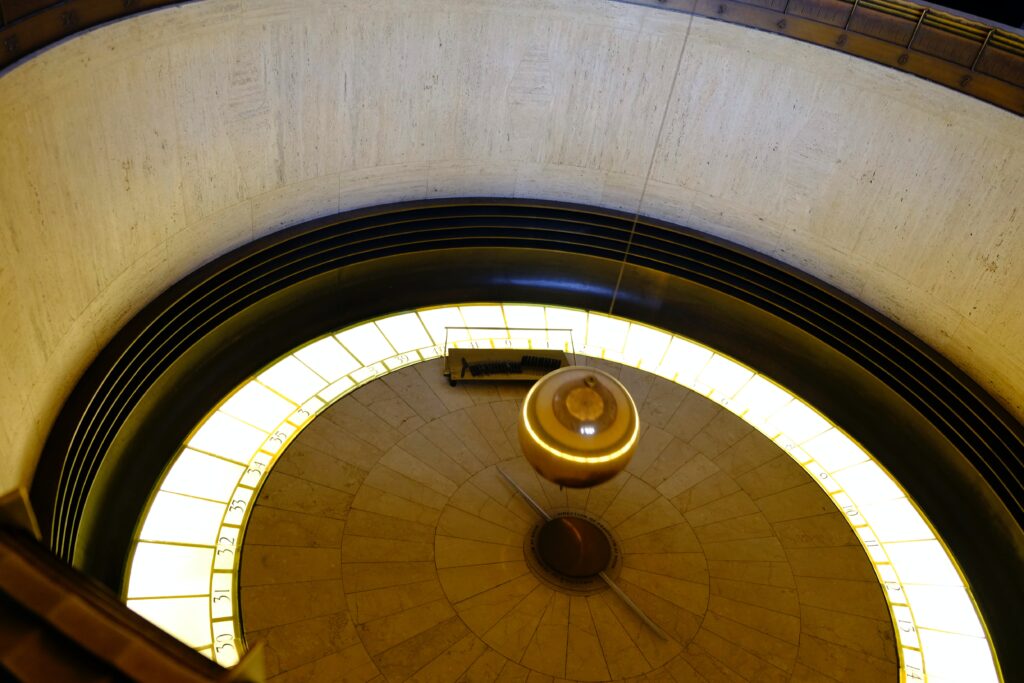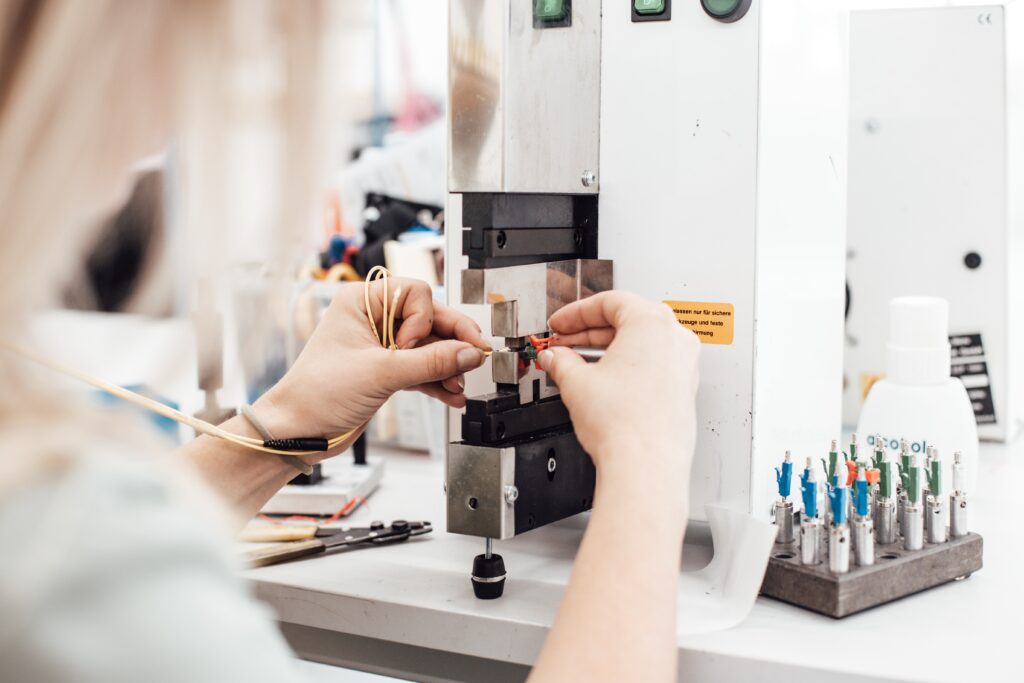Need to develop a scientific poster for VCE Physics but have no idea where to start?
If you’re not sure about what’s expected of you from this scientific poster, then you’ve come to the right place!
We’ll go through each part of the poster, step-by-step and show you what you exactly need to do!
Ready to get started? Let’s go!
What is a Scientific Poster?
How to Write Up a Scientific Poster Report for VCE Physics?
Structure for VCE Physics Scientific Poster Report
What is a Scientific Poster?
A scientific poster is basically just a different way of presenting an experimental report.
It includes all the sections you’d expect to find in a report (aim, hypothesis etc.) presented as a poster.
This provides an opportunity to utilise both writing and visual design skills in order to communicate the results of an experiment you will conduct.
How to Write Up a Scientific Poster Report for Physics?
The first thing to do is obviously conduct your experiment! Make sure to take thorough notes as you conduct the experiment rather than waiting until the end to write everything up.
When it comes time to writer up the sections for your poster, first make sure to choose an appropriate voice.
Traditionally, formal scientific writing has used a passive, third person voice. For example:
The pendulum was allowed to fall.
However, there has been some support for an active, first person voice, such as:
I allowed the pendulum to fall.
While the first emphasises the research, the second voice has the benefit of clarity. Whatever choice you make, ensure it is consistent throughout the poster.
Now you’re ready to prepare all the materials for the poster!
Create or gather a number of (properly referenced) diagrams and images to use. Posters are a visual medium, so having images that help accentuate the writing is vital for both clarity and catching the attention of the viewer.
Lastly, make sure to use segments and paragraphs to create well-sized lines!
Tip: Baymard Institute recommends lines of approximately 50-75 characters for maximum readability.
Structure for VCE Physics Scientific Poster Report
The image below shows an example of a Physics scientific poster.
Image Sourced From Juddy
Note: Consider the use of a simple colour scheme and segments in order to break up the text.
Section #1: Title
The title of your scientific report should be a one-line question that captures the problem your experiment is trying to tackle.
In this example, it would be “what effect does the length of the string have on the period of oscillation of a pendulum?”.
Section #2: Abstract
An abstract is a brief summary of the entire research. It should cover the aims, methods, results and conclusion in 1-2 sentences.
Be as concise as possible — the viewer can find further details in the rest of the poster!
According to the VCE Physics Study Design, the abstract is optional.
Section #3: Introduction
The introduction provides the ‘why’ of the experiment.
This should be a short (1-2 sentence) paragraph which discusses the purpose behind the research question.
The introduction makes clear why the experiment is of interest. Make sure to include any background information that helps illustrate these points.
Section #4: Methodology
This section should include the type of investigation, any devices or materials used to conduct the experiment.
The methodology should be concise but still clear to one of your peers!
Tip: If you have any doubts about the clarity of your poster, ask another one of your friends in the class to read it and see if they can understand it.
This section does not require the absolute detail of a formal report, and should focus on effectively communicating the conduct of the experiment.
Visual aides, such as a photograph or a labelled diagram can be used.
Make sure that you include why these specific methodologies were chosen for the experiment in this section.
Section #5: Results
This section should present a selection of raw data in the form of either a table or a graphic.
Do not include both a table and a graphic of the same data because this wastes valuable space! All graphics must be fully labelled and clear, and clearly present any trends or relationships.
If you perform any calculations on the data, make sure to include a single sample calculation for each type of calculation performed.
Section #6: Discussion
This section is usually the largest section of any scientific writing, since it has to do a number of different things:
1. The discussion should always begin by clearly stating whether the results support, partially support, or do not support the hypothesis.
2. Make sure that there is no ‘logical leap’ in this section.
You should spell out exactly how your results relate to the hypothesis.
Avoid using any words that indicate certainty, such as “proved” or “incorrect”. This level of certainty is inappropriate in an experimental report. Instead, use words such as “supported”, “evidenced” and “suggested”.
3. You should follow these results by comparing them with what you expected to find.
Acknowledge any outliers and discuss how errors have been introduced into your experiment.
Mention how you could revise your methodology to reduce these errors, and if possible, reconduct the experiment in order to generate further data.
4. Derive your conclusions by linking the findings to the research question, which will help wrap everything together.
Make sure to include some information about previous work on this question and any theoretical understanding as it relates to your data.
If your investigation centres around a specific theory, consider how well this theory is evidenced by your data.
Section #7: Conclusions
In the conclusion you should state the main result from the discussion, and how it relates to the research question.
Make sure to use specific details from your findings to support this. Connect these findings with any real world applications of your research question.
This is also the place to mention any limitations of your methodology, and discuss how both the methodology and the research question could be extended.
Section #8: References and Acknowledgments
Make sure to reference any images and research that you do not own.
According to the VCAA Curriculum, any consistent reference style can be used.
If in doubt, just search up Harvard Reference generator, and then simply enter your sources to get a usable bibliography.
And, that’s everything you need!
Check out our other VCE Physics resources:
- The Definitive Guide to Effectively Using the VCE Physics Formula Sheet
- VCE Physics Past Exams Master List
- What to Do the Night Before Your VCE Physics Exam
- VCE Physics Multiple Choice Practice Questions For External Assessment
- VCE Physics Short Answer Practice Questions For External Assessment
- The Ultimate Guide to Units 1 and 2 VCE Physics
- The Ultimate Guide to Units 3 and 4 VCE Physics
Are you looking for some extra help with preparing for your VCE Physics assessments?
We have an incredible team of VCE tutors and mentors!
We can help you master the VCE Physics study design and ace your upcoming VCE assessments with personalised lessons conducted one-on-one in your home or online!
Sometimes having just a bit of oversight can go a long way to helping you complete an assessment to your highest standard! Check out our local VCE tutoring team in Cranbourne!
We’ve supported over 8,000 students over the last 11 years, and on average our students score mark improvements of over 20%!
To find out more and get started with an inspirational VCE tutor and mentor, get in touch today or give us a ring on 1300 267 888!
Scott McColl is a content writer with Art of Smart and a Civil Engineering student at Monash University. In between working and studying, Scott enjoys playing music and working on programming projects.







